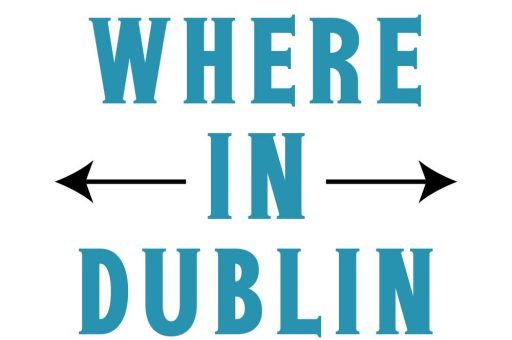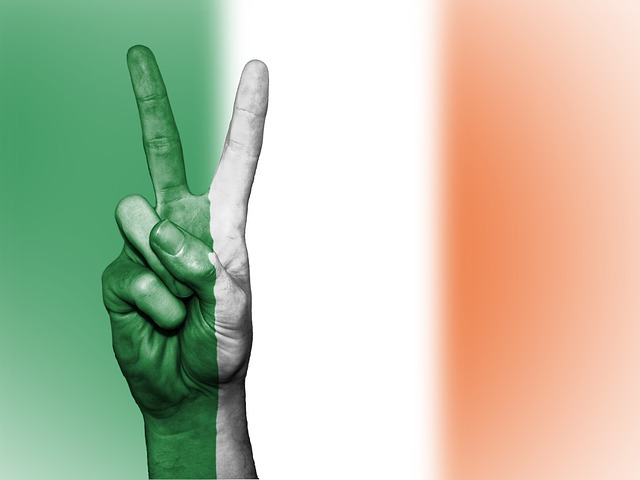Dublin is a city that blends history, culture, and modern life in a way few places can. From lively streets filled with music to historic landmarks that tell stories of centuries past, Dublin has something for everyone. Whether you are visiting for a weekend getaway or planning a longer stay, there’s a lot to explore. From my own personal experience, Dublin surprises you with both its charm and its energy, making it a city worth discovering in depth.
Getting Around Dublin
Navigating Dublin is straightforward, but it helps to know your options. The city offers a mix of public transport, walking paths, and cycling routes.
Public Transport Options
Dublin’s bus network is extensive and reliable. The Luas tram system, divided into Red and Green lines, connects key parts of the city and is ideal for tourists. You can also use the DART (Dublin Area Rapid Transit) to explore coastal areas and suburbs. Using a Leap Card can save money if you plan on frequent travel.
Walking and Cycling
One of the best ways to experience Dublin is on foot. The streets are walkable, and you often stumble upon hidden gems that are not in tourist guides. For cycling enthusiasts, Dublin Bikes offers a bike rental program, making it easy to move around while enjoying the scenery.
Exploring Dublin’s History
Dublin has a rich and complex history, visible in its streets, buildings, and cultural institutions. Understanding the city’s past makes your visit more meaningful.
Dublin Castle and Medieval History
Dublin Castle sits in the heart of the city and reflects its medieval past. The castle has been a key site for political and administrative purposes for centuries. Walking through its courtyards and state rooms gives a sense of how Dublin evolved over time.
Trinity College and the Book of Kells
Trinity College is home to Ireland’s most famous manuscript, the Book of Kells. Visiting this historic college combines art, history, and architecture. From my own personal experience, seeing the intricate illustrations of the manuscript up close is a moment that stays with you.
The Role of the River Liffey
The River Liffey runs through Dublin and has played a central role in its development. Many historic bridges cross the river, and walking along its quays offers views of both the old and new city.
Dublin’s Neighborhoods
Each area in Dublin has a unique personality. Exploring these neighborhoods helps you see the city beyond the main attractions.
Temple Bar
Temple Bar is famous for its nightlife, cobblestone streets, and street performances. It’s colorful, lively, and always buzzing with energy. From my own personal experience, visiting at night gives the best sense of its atmosphere, though it can be busy during peak times.
St. Stephen’s Green and Grafton Street
For a calmer experience, St. Stephen’s Green provides a beautiful urban park perfect for a stroll. Nearby, Grafton Street is a shopping haven with street musicians adding charm to your walk.
Docklands and Modern Dublin
The Docklands area showcases Dublin’s modern face. With sleek office buildings, art installations, and riverside cafes, this area reflects the city’s economic growth and urban transformation.
Cultural Life in Dublin
Dublin is not just about sights; it’s a city of culture, music, and literature.
Music and Live Performances
Traditional Irish music is alive in Dublin. Pubs often host live sessions, and venues like Whelan’s offer a mix of contemporary and traditional acts. From my own personal experience, catching a live session in a small pub feels intimate and memorable.
Museums and Art Galleries
The National Museum of Ireland and the Irish Museum of Modern Art are must-visits. They showcase everything from prehistoric artifacts to modern art. Exploring these institutions gives a sense of Ireland’s artistic and historical depth.
Literature and Literary Tours
Dublin is a UNESCO City of Literature. Famous authors like James Joyce, Oscar Wilde, and Samuel Beckett lived here. Literary tours take you through the streets that inspired their works, blending storytelling with sightseeing.
Dublin’s Food Scene
Dublin’s culinary landscape is diverse and evolving. From traditional dishes to contemporary cuisine, there’s something for every taste.
Traditional Irish Food
Dishes like Irish stew, boxty, and soda bread are classics. From my own personal experience, trying these in a cozy Dublin pub adds authenticity to the taste.
Modern Dining and Cafes
Dublin has embraced modern gastronomy with innovative restaurants and cafes. Areas like the Docklands and South William Street are perfect for sampling creative menus and specialty coffee.
Farmers’ Markets and Local Produce
Visiting farmers’ markets is a great way to experience local life. Markets like Temple Bar Food Market offer fresh produce, baked goods, and artisanal treats, giving a taste of Dublin beyond the restaurants.
Nightlife and Social Life
Dublin is known for its lively social scene. The pubs, bars, and nightclubs contribute to the city’s reputation as a fun and welcoming place.
Pub Culture
Irish pubs are central to Dublin’s nightlife. They’re not just about drinks; they are hubs for conversation, music, and community. From my own personal experience, spending an evening in a traditional pub often becomes one of the highlights of a trip.
Nightclubs and Live Music Venues
For those seeking dancing or live bands, Dublin has plenty of options. Clubs around Harcourt Street and Camden Street attract both locals and visitors, offering a mix of music genres.
Day Trips From Dublin
Dublin is also a great base for exploring the surrounding areas.
Howth
Just a short train ride away, Howth is a coastal village perfect for seafood, cliff walks, and harbor views. From my own personal experience, walking the Howth Cliff Path offers breathtaking scenery that feels worlds away from the city.
Glendalough
Glendalough in County Wicklow is famous for its monastic ruins and scenic trails. It’s ideal for hiking and photography, giving a quiet escape into nature.
Newgrange and the Boyne Valley
For history enthusiasts, Newgrange and the Boyne Valley offer insights into Ireland’s ancient past. These sites are older than the pyramids and highlight the depth of Irish heritage.
Shopping in Dublin
Shopping in Dublin is a mix of modern stores, boutiques, and local crafts.
Grafton Street and Henry Street
These streets are the main commercial hubs. They host international brands, department stores, and local shops, offering everything from fashion to souvenirs.
Artisan Shops and Local Crafts
For unique finds, explore small artisan shops in neighborhoods like Temple Bar or Powerscourt Townhouse. Handmade jewelry, Irish linen, and pottery make excellent souvenirs.
Festivals and Annual Events
Dublin hosts festivals throughout the year, celebrating music, literature, film, and food.
St. Patrick’s Day
Dublin’s St. Patrick’s Day parade is world-famous. The city fills with music, dancing, and green-themed celebrations, attracting visitors from all over the globe.
Dublin Fringe Festival
For a more niche experience, the Dublin Fringe Festival showcases innovative theatre, music, and visual arts.
Literary and Music Festivals
The city also hosts literary and music festivals that highlight both local talent and international artists, giving visitors a chance to engage with Dublin’s vibrant cultural scene.
Practical Tips for Visiting Dublin
Best Time to Visit
Spring and early summer are ideal for mild weather and outdoor activities. Autumn offers colorful scenery, while winter is quieter but cozy, perfect for indoor experiences.
Currency and Payments
Dublin uses the Euro. Most places accept cards, but having some cash can be useful for markets and small shops.
Safety and Etiquette
Dublin is generally safe, but like any city, it’s wise to stay aware of surroundings. Politeness and friendliness go a long way; locals often respond positively to respectful behavior.
Conclusion: Why Dublin is Worth Visiting
Dublin is a city of contrasts, blending old and new seamlessly. From historical landmarks to lively pubs, scenic walks to literary tours, there’s a depth that keeps visitors engaged. From my own personal experience, Dublin’s charm is in its energy, history, and the warmth of its people. No matter the duration of the visit, the city leaves lasting memories and invites exploration again and again.


